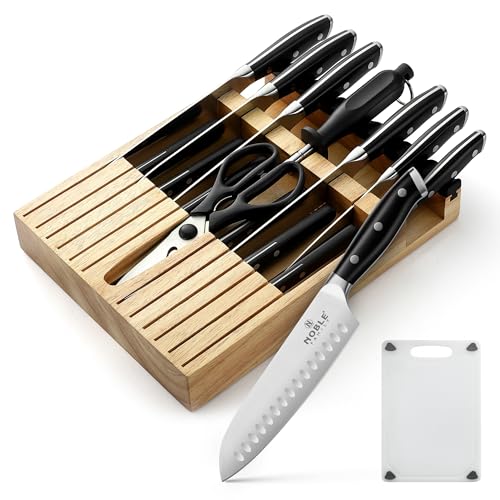Thanks for the info. I had thought of the sandpaper before. The only thing putting me off is how often I would have to replace it, and the fact that Im not sure edge leading strokes will work as well. Ill give it another go however.
I can sharpen on smaller stones, I just find them less enjoyable for large blades and cleavers. I did a pocketknife earlier today and for that I preferred a 2" wide stone. For a 240mm+ cleaver though I don't enjoy using a narrow stone.
I guess it's also a personal project as there is nothing on the market that matches what I'm looking for.
I am enjoying your pursuit of this idiosyncratic project and will be very interested in your results. It's much less odd than that guy who treated a legendary knife as a blank and made his own knife from it...and that project was successful.
Some random thoughts:
The traditional answer to sharpening things that you find too large to sharpen comfortably is to bring a small stone to the edge, rather than the edge to a large stone.
I often sharpen large knives (up to 300mm) and cleavers (up to 250mm). Generally what brings challenges is not length, but weight (especially over 600 grams). I address that with hand placement.
The largest flattening stone I have is a DIa-Flat diamond plate, at 100mm x 250mm. It's heavy, too, which helps. They make two grits (90 and 120, IIRC), and both flat and grooved versions. Of course if you are using SiC powder on a flat surface, you can make that surface as big as you want, but that would require that the whole stone be flat, in order to reach everywhere, which may be more flatness than you need for your application.
More length can be a substitute for more width, if what you're after is maximizing how much edge you can cover with a long, sweeping stroke.

























